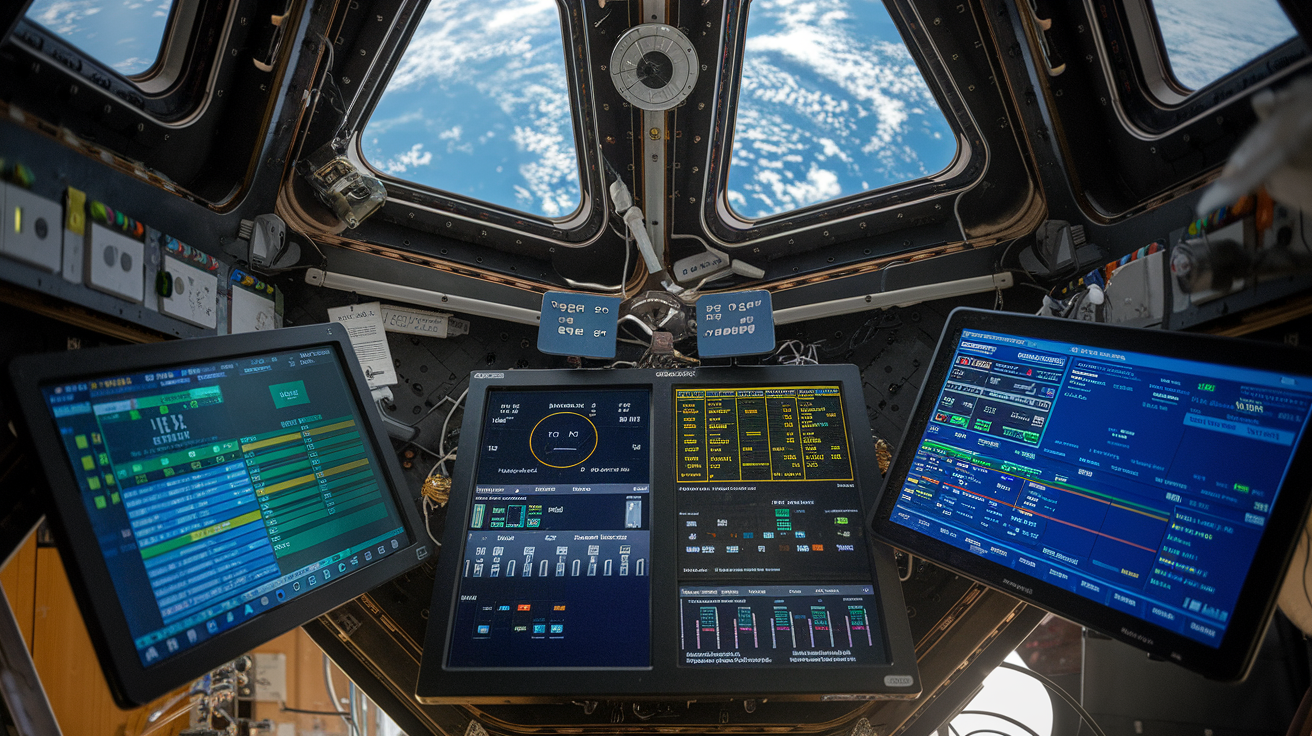The space industry is undergoing rapid transformation, and at the forefront of this evolution is the market for space on-board computing platforms. Projected to reach $2.3 billion by 2027 from $1.3 billion in 2022, this market is driven by innovations across satellite communication, earth observation, and navigation technologies. With more sophisticated needs emerging for navigation accuracy, communication clarity, and real-time data processing, space on-board computing platforms are now essential in powering satellite capabilities for commercial, military, and scientific missions.
Download PDF Brochure @ https://www.marketsandmarkets.com/pdfdownloadNew.asp?id=227324327
1. Growing Demand for Real-Time Data and Communication Services
The rise in demand for seamless satellite communication services—particularly for internet and telecommunications—is driving significant investment in advanced on-board computing technologies. Companies like SpaceX and OneWeb are launching low-earth orbit (LEO) satellite constellations that rely heavily on robust on-board processing capabilities. These constellations aim to deliver high-speed internet and real-time data services globally, even to the most remote areas.
2. Shift Towards Software-Defined Satellites
Traditional satellites were typically built for single missions, making them less adaptable over time. Today, software-defined satellites, powered by advanced on-board computing platforms, allow operators to dynamically adjust satellite functions according to changing mission requirements. This flexibility is increasingly essential for Geostationary Orbit (GEO) satellites with long operational lifespans, as it enables adjustments to applications like switching from broadcasting to internet services or adjusting orbital paths to meet new demands.
3. Impact of Smaller Satellites and Cost-Effective Missions
Small satellite technology is driving down the cost of satellite missions and enabling a greater number of applications in earth observation, agriculture, environmental monitoring, and navigation. Miniaturized computing platforms within these satellites provide the computational power needed to support advanced functions while maintaining lower production costs.
4. Advancements in Radiation-Hardened Components
Given the extreme conditions of space, radiation-hardened computing components are necessary to ensure operational longevity and reliability of satellites. Manufacturers are investing in radiation-tolerant processors and systems, which are especially crucial for extended missions in GEO or beyond. Notably, recent innovations include BAE Systems’ RAD510 System on Chip (SoC), offering enhanced radiation resistance and processing power.
5. Integration of Artificial Intelligence (AI) and Machine Learning (ML)
Space on-board computing platforms are also benefiting from the integration of AI and ML technologies, which optimize data collection, processing, and storage. Autonomous data analysis onboard can minimize data transmission needs, saving bandwidth and improving satellite efficiency. This capability is invaluable for applications like earth observation and climate monitoring, where real-time decision-making is required.
6. Key Market Players and Industry Growth
Industry leaders like Lockheed Martin, Honeywell, and Thales Group are expanding their research and development efforts to meet the growing demand for versatile, robust on-board computing systems. Their focus on designing platforms that accommodate software upgrades and support multiple frequency bands, such as S-band and X-band, demonstrates the adaptability required for both LEO and GEO satellites.
Ask for Sample Report @
https://www.marketsandmarkets.com/requestsampleNew.asp?id=227324327
As satellite communication continues to evolve, on-board computing platforms are transforming the possibilities for satellite missions, providing flexibility, reliability, and enhanced processing power to meet future demands in communication, navigation, and beyond. These developments are not only shaping the future of space exploration but are also redefining how we connect, communicate, and monitor our world from above.

